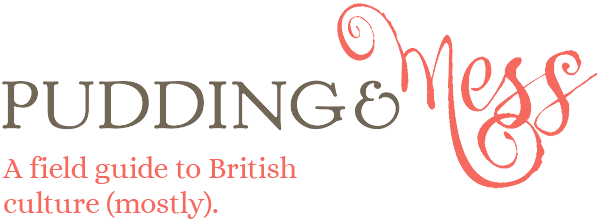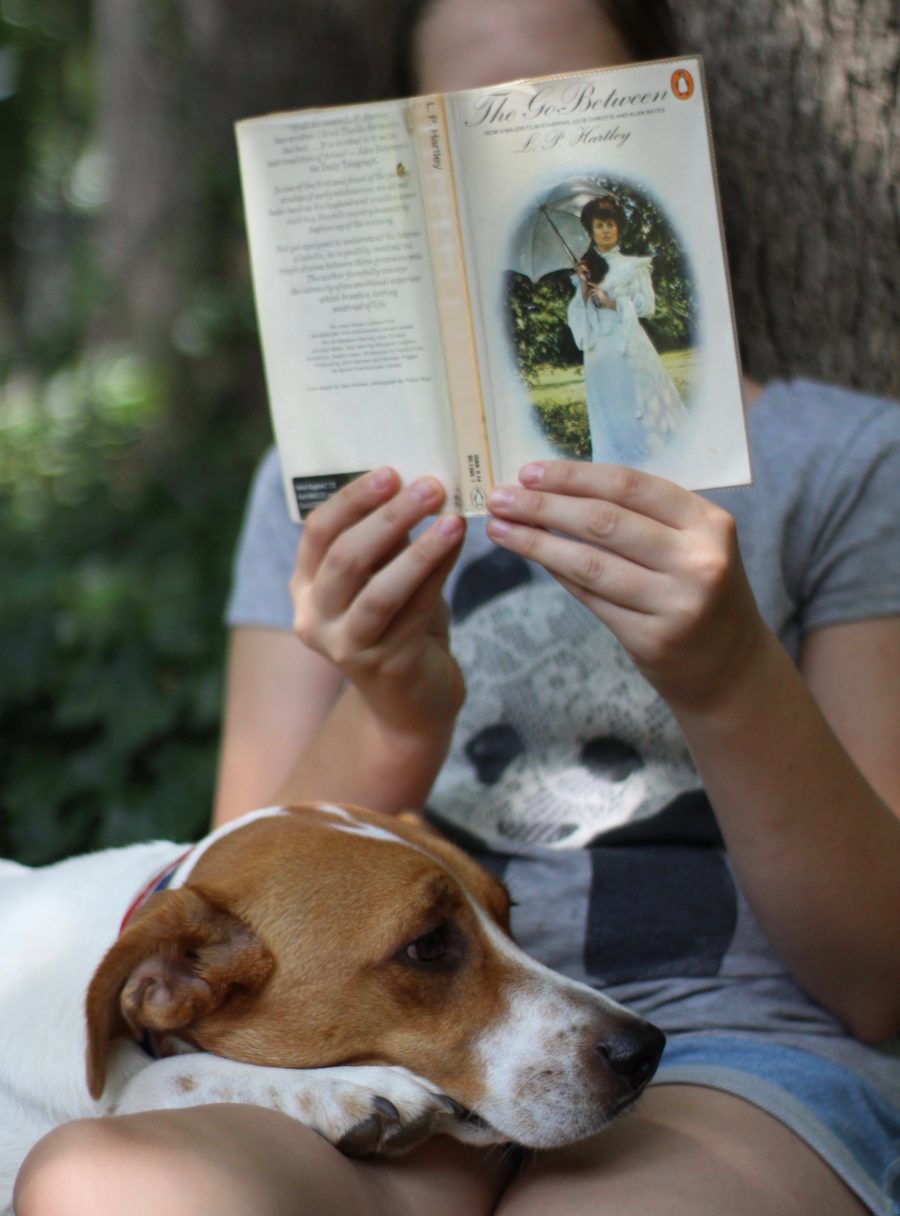The Go-Between by L.P. Hartley opens with the line “The past is a foreign country: they do things differently there.” which is considered to be one of the best in literature. It is a quintessentially British story, evoking a bygone era with its country house setting and people who spend glorious summer days lounging, swimming and partaking of tea on the lawn. It is a classic coming- of- age story which embodies the confines of class structure and the rules and manners of Edwardian England while also encompassing themes of power, forbidden love, memory, lost innocence and the impact of the past on the future. So much packed into one novel has made it a mainstay on school reading lists.
We first meet Leo as a man in his middle sixties who discovers a diary from his childhood and begins to reminisce. The diary begins in the year 1900, a date that held a magical promise for him, the dawn of a new century. When he uses the word vanquished he is systematically bullied by a couple of boys at his boarding school and so he turns to his diary and writes a curse in it against his tormentors. It works, for the boys meet a non-fatal but serious demise and Leo becomes something of a hero — the boys were not well liked amongst his fellow students.
When school gets out that summer, Leo is invited to spend a few weeks at Brandham Hall in Norfolk, the home of his much wealthier friend, Marcus Maudsley. Here he is introduced to Marcus’ beautiful older sister, Marian (with whom Leo is immediately smitten) as well as the man she is to marry, the gallant and war-scarred Viscount Trimingham, and Ted, a local tenant farmer who entrances Leo with his vitality and who also happens to be Marian’s lover.
It is at Brandham Hall where Leo becomes acutely aware of the social disparity between himself and his friend and, because he feels out of his depth and insecure, he is eager to please. So when Marcus becomes ill and Leo is asked by Marian to take a note to Ted, Leo is happy to oblige. But as the days pass he senses that something is not quite right and so he takes a peak at one of Marian’s letters to discover that she is in love with Ted. Leo, upset and disillusioned, is ill-equipped to deal with the complexities of an adult relationship as seen through the filter of his own innocence. Attempting to disentangle himself from his role as the go-between and end the relationship between Marian and Ted, Leo resorts to casting a spell, which had worked so well for him back at school. Unfortunately, the tragedy that ensues saddles him with a lifetime of guilt.
The Go-Between is a quiet read that builds slowly. It beautifully conjures up time and place, using the shimmering heat of a so rarely perfect English summer to build tension for Leo as he is cruelly manipulated by the charm and desperation of Marian and Ted. When the ending arrives, it is subtle but crushing and as we discover in the epilogue, has had powerful and life long repercussions on adult Leo, who looks back on his life with a forlorn wistfulness. The book, unsurprisingly, hits very differently as an adult and not a teenager
There is a 1971 movie of The Go-Between, starring Julie Christie as Marian. It has the ethereal, dreamy quality of films of the seventies, some rather incongruous flash forwards and a grating soundtrack. Nevertheless, it’s well worth a watch, if only for Julie Christie who is stunning.
And should you wish to further your knowledge of a great English summer, you could read The Perfect Summer: England 1911, Just Before the Storm by Juliet Nicolson in which I was tickled to read this in the introduction: “During the long hot summer of 2003 I had been reading, for the first time in many years, L.P. Hartley’s wonderful novel of class conflict and heated adolescence, The Go-Between, and I began to wonder whether there was a real English summer like that.” It’s an interesting read about the end of the Edwardian era and the June coronation of George V and examines the social climate of England, both upper and lower classes, all played out against an unusually hot summer.

